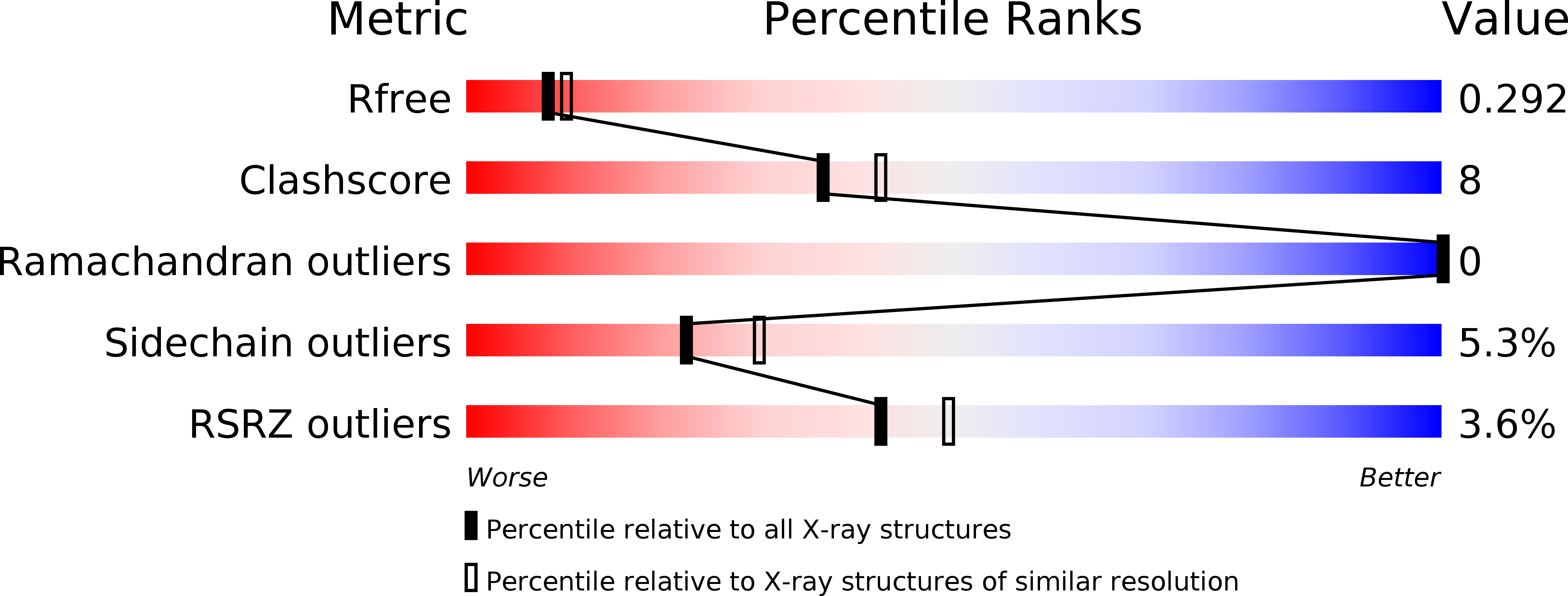
Deposition Date
2010-09-21
Release Date
2010-11-03
Last Version Date
2023-09-06
Entry Detail
PDB ID:
3OXQ
Keywords:
Title:
Crystal Structure of Ca2+/CaM-CaV1.2 pre-IQ/IQ domain complex
Biological Source:
Source Organism:
Homo sapiens (Taxon ID: 9606)
Host Organism:
Method Details:
Experimental Method:
Resolution:
2.55 Å
R-Value Free:
0.28
R-Value Work:
0.24
R-Value Observed:
0.24
Space Group:
P 21 21 21


